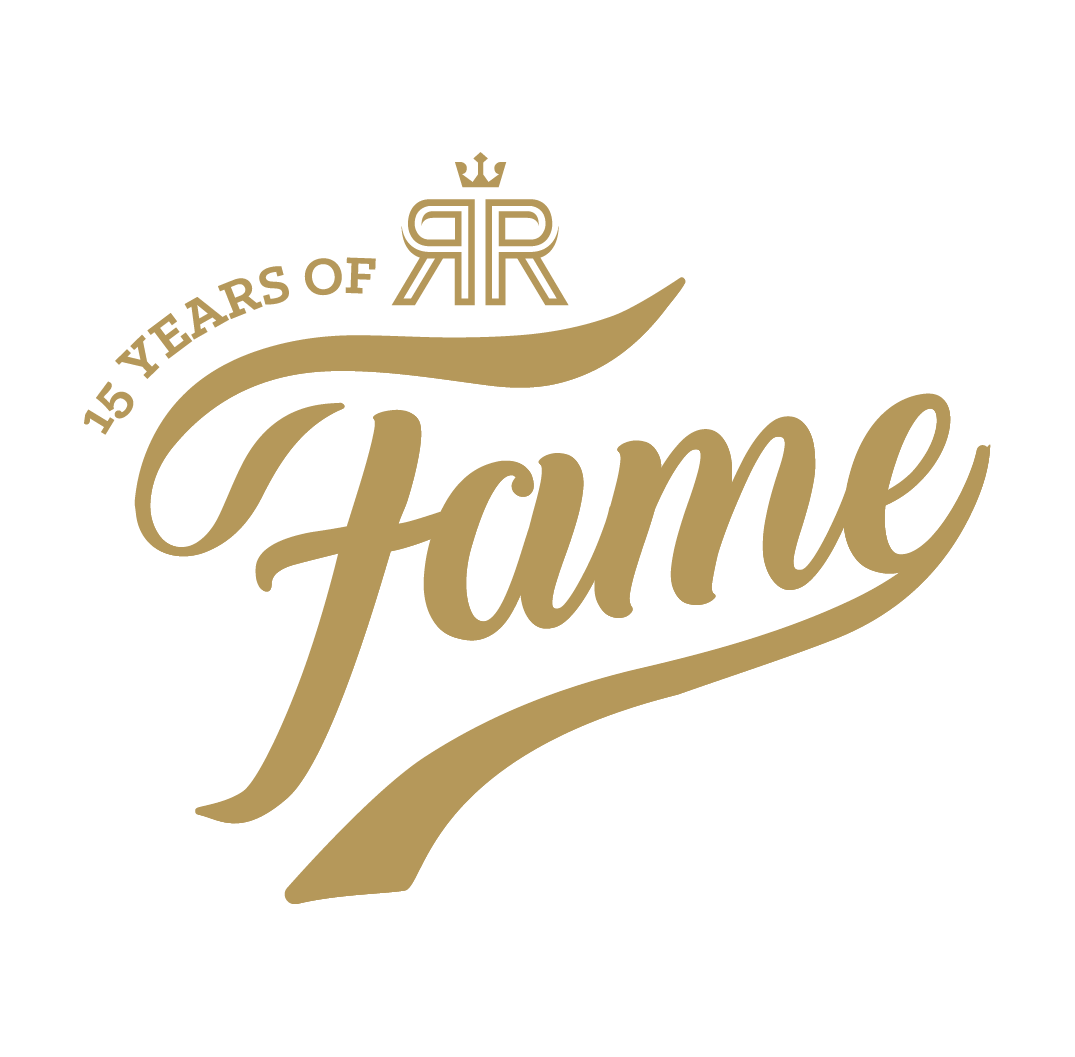At least that was my explanation when I didn’t want half hour discussions on media agendas, values and ethics. It was a way of explaining in laymen’s terms what we did for 6pm news, how we sourced and shaped our content for mass consumption.
Within that role of story-telling, there were so many golden rules that if I were able to cash those in, I’d be sitting at my vineyard in the South of France by now. What a lovely picture that paints! Anyway, one of those rules has stuck with me and I think it is something everyone in the communications game should know, but shockingly they don’t. So here’s a lesson not just for journos and PRs, but clients need to learn this as well, so here goes – use pictures! The pen may be mightier than the sword, but pictures tell 1,000 words.
The golden television rule was actually ‘write to the pictures’, or our version was always ‘if you say dog, see dog’ meaning if you were going to write about an event or person, the imagery should show that event or person. Good story telling is very visual and if you have the images to support your story, use them. In fact, in television, the pictures would often shape the way the story went, and not always the news dictating which pictures were required – such is the power of images. But remember, oils ain’t oils – you need the right pictures and they need to be of a high standard. My only advice on this is use your head.
Did you know that humans are meant to be able to process visuals 66,000 times faster than text according to Craig Pearce, a well regarded strategic communicator? If this is true, then perhaps a picture tells more than 1,000 words, what further proof do you need? Well here’s some anyway. Apparently the use of colour also increases readership by 40 percent, accelerates learning and improves comprehension by up to 73 percent. So if you want to make sure your communicating is getting cut through and making a difference – make it visual.
I used to work in the UK for an environmental group and countless times would send news desks a story and picture desks the images to accompany it. On several occasions, the picture desk would call the journos and tell them to run copy because they had a great image. Had I have relied on the media release alone, I would have secured no coverage. On one occasion, this lead to 1/3 of a page full colour in the Telegraph, and another story landed the front page of the Times. Pictures work!
In PR, we are not so much story tellers. No, but we do sit on the other side of the same communications coin as journos, which I guess makes us story sellers. If anyone should understand the power of compelling imagery, it should be us. We shouldn’t be promoting anything without imagery. Put your consumer hat on and see yourself reading or watching the story you are selling. What imagery would you want to go with that story? Well find it, and offer it to your media friends. Help them out, and no doubt it’ll lead to them helping you out. Get the picture?
If you want to read a great article about this, check out this.

